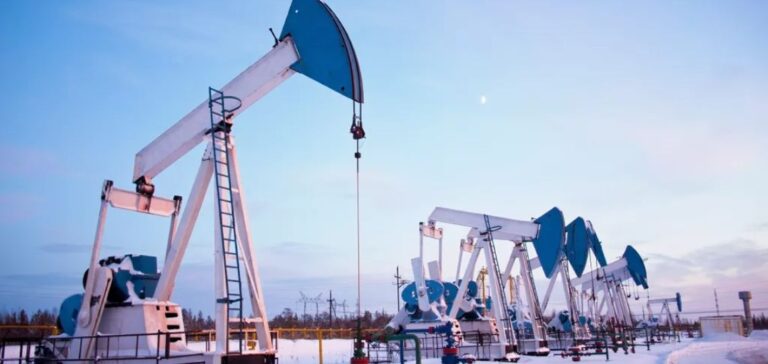Oil production in Alaska’s North Slope was little changed in March, averaging 479.867 b/d, virtually unchanged from February. Year after year, a slight decrease is noted compared with the March 2023 average. Production increases are expected with the completion of projects by ConocoPhillips and Santos. In 2025, ConocoPhillips’ Nuna project should add 20,000 b/d, while the first phase of Santos’ Pikka project promises a further 80,000 b/d in 2026. These projects, in addition to ConocoPhillips’ Willow project, signal a period of revitalization for Alaska’s oil industry and local oilfield services companies, looking for a boost after the fall in crude prices in 2016 and the impacts of the pandemic. This is despite Joe Biden’s restrictive policy on oil development in Alaska, compared to his predecessor.
Exploration and testing of new deposits
Exploration continues with Apache and Armstrong Oil and Gas drilling new test wells near Prudhoe Bay, while 88 Energy tests its Hickory 1 discovery well, with promising results showing light oil production. Although modest, these discoveries benefit from their proximity to the Trans Alaska Pipeline System, enhancing their economic viability.
A new lease sale in ANWR
The U.S. Department of the Interior is planning a new lease sale in the Arctic National Wildlife Refuge (ANWR), following a federal decision expected in the third quarter of the year. This sale, the second required by the 2017 Tax Cuts and Jobs Act, comes after a first unsuccessful sale in 2020. The outcome of the next presidential election could influence participation in this sale, reflecting the polarization around exploration in ANWR.
Alaska’s oil industry is navigating between current stability and expectations of significant growth, driven by new projects and exploration. With the imminent sale of leases in ANWR, Alaska remains at the heart of debates on the United States’ energy and environmental future.






















